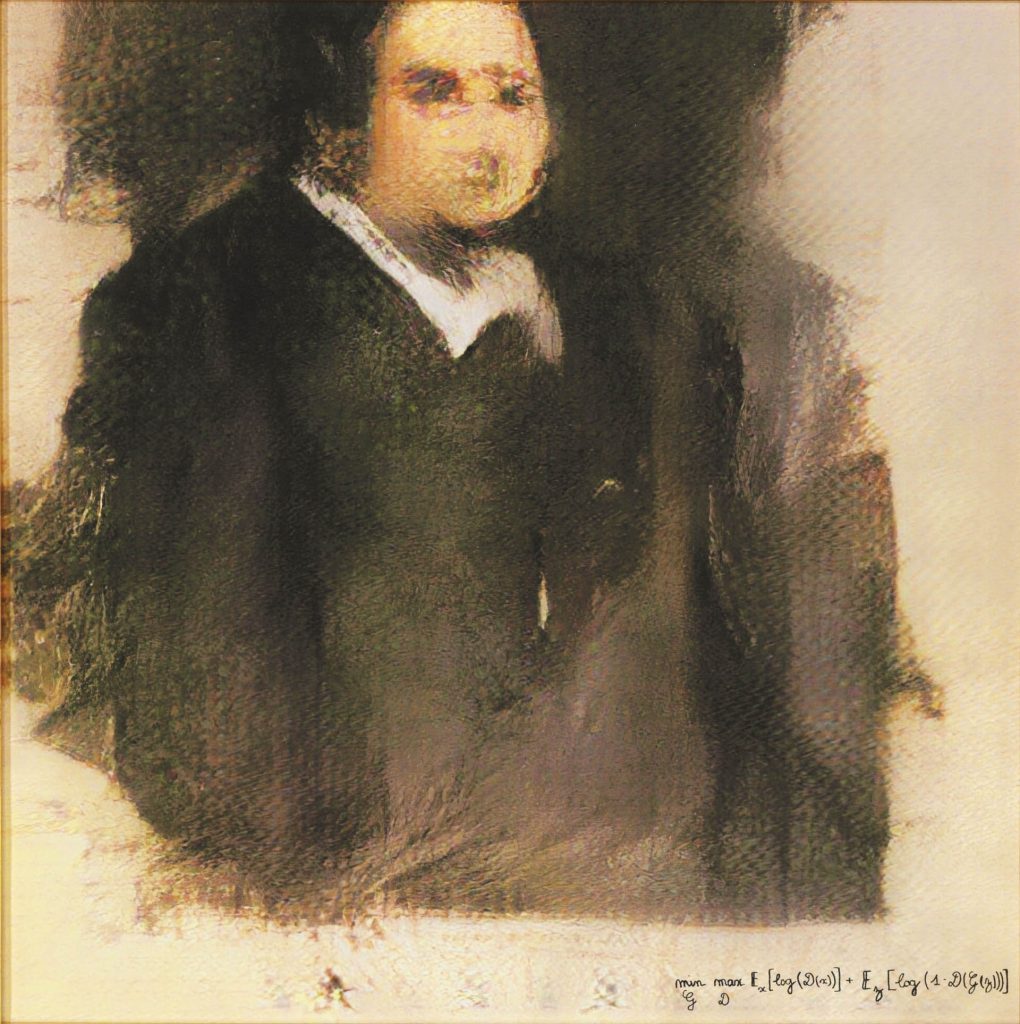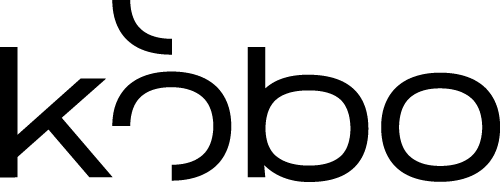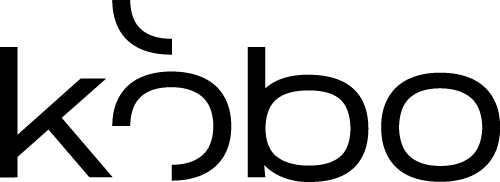No products in the cart.
AI Generated Art
AI-GENERATED ART: THE NEW BIG THING FOR CREATIVES
Contributed by Jacquelyn Olalere.
If you’re an active internet user, you must have come across pictures that have created a buzz among people, the most recent one being a photo of the Pope all dripped out, dressed creatively. The image drew so much attention, and many people thought it was real until it was revealed that it wasn’t. The Pope was not taking a new fashion direction when it came to his choice of clothing. Instead, the picture was created with AI art.
Art has been a vital part of human history, and across the years, as civilization develops, so does art. We have seen different art movements, techniques, and styles. But despite their differences, they all had one thing in common: they were dependent on the expression of human creativity. However, things are changing, and the world is experiencing a new era of expression of creativity; AI-generated art.
AI stands for Artificial Intelligence. AI-generated art simply refers to artwork created or assisted by artificial intelligence algorithms designed to learn from existing data and patterns to generate new ideas or images. Since its creation in the ’90s, AI-generated art has been used for various purposes, but it rose to popularity in 2022. Popular AI-generated art is a portrait called OBVIOUS by a French art collective that sold for nearly half a million dollars in 2022.

Read about the Obvious collective platform here.
AI has also been used by other popular artists, including Mario Klingemann, Sougwen Chung, Stephanie Dinkins, Pindar Van Arman, Salvador Dali, and Wayne McGregor, among others.
Contrary to some trending opinions, AI is not out to replace human artists as despite its abilities to mimic techniques and styles, it remains a system that works on a pre-written algorithm and thus lacks the spontaneity of human creativity and inspiration. AI was created to help in the generation of creation of beautiful art pieces and has so many advantages, one of which includes its ability to create artwork at a speed nearly impossible for humans. AI analyzes data and patterns to generate new artwork at a scale that humans cannot compete with. This saves artists the time and energy that would have been spent pouring over work.
The ability to generate new styles and genres is also an outstanding advantage of AI-generated art, which makes up for its lack of spontaneity of creativity. Its algorithms are not limited by the same constraints of the human mind, which means it can explore thousands of possibilities and generate new ideas that were previously unexplored.
While there have been a few skirmishes and issues raised on who has the real claim or ownership of the generated art, there’s no denying that AI-generated art is the next big thing, a way for artists and creators to bridge the gap that exists between them and the unexplored through collaborating with AI. Art evolves every day, and now it’s at this point. We are excited about the future and can’t wait to see what comes next!
View AI art on Kobo here.


